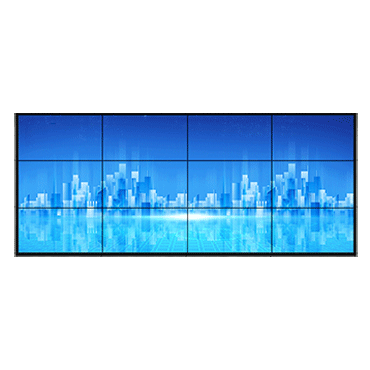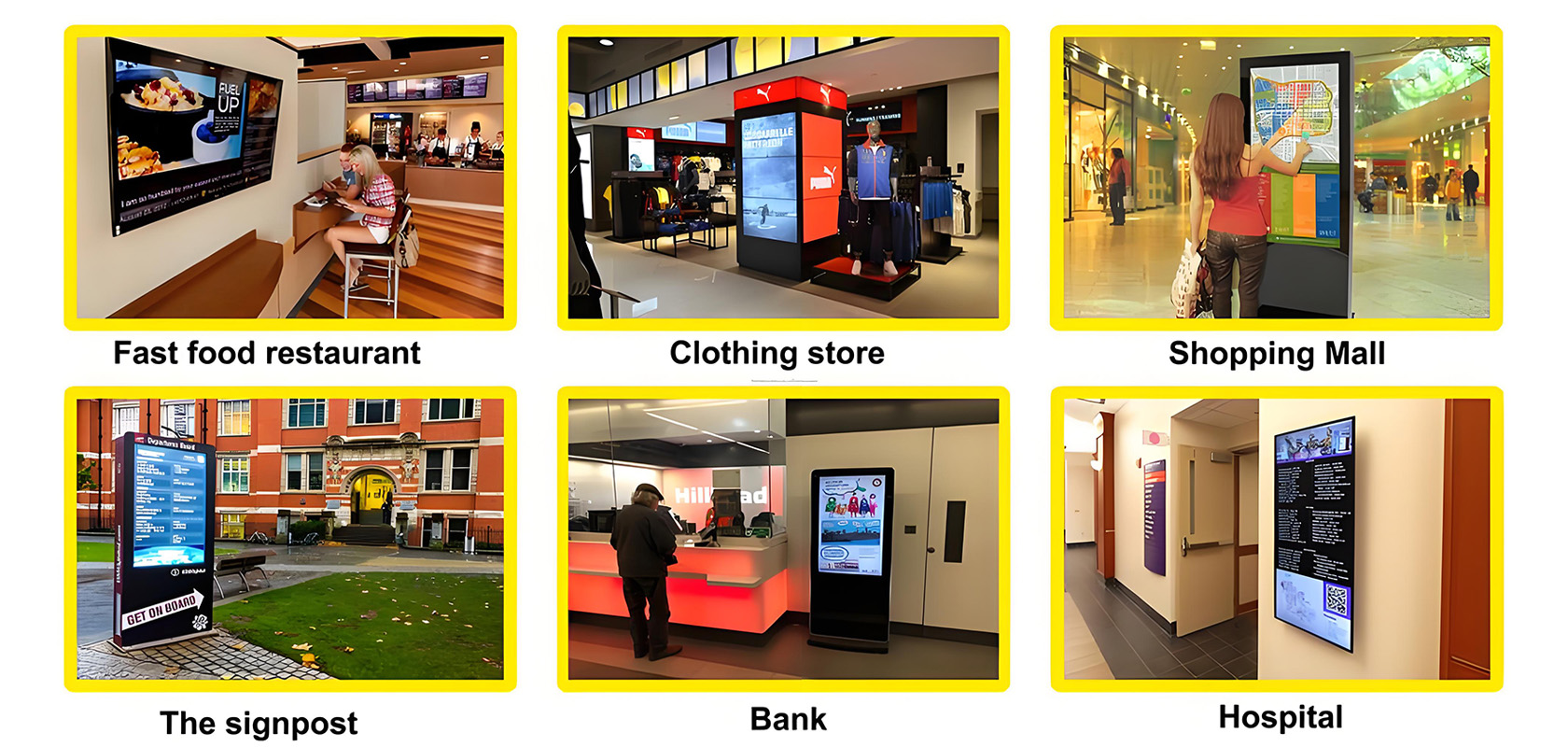What are the advantages and disadvantages of 4x3 video walls?
Outline of the Article:
1: Introduction to 4x3 Video Walls
Overview of video walls
The significance of 4x3 video walls in modern displays
2: What is a 4x3 Video Wall?
Definition and structure
Differences between 4x3 and other aspect ratios
3: How Does a 4x3 Video Wall Work?
Technical components
Integration with software and content management systems
4: The Importance of Aspect Ratio in Video Walls
Explanation of aspect ratio and its role in video walls
Benefits of 4x3 aspect ratio
5: Key Benefits of Using a 4x3 Video Wall
Enhanced image clarity
Wide viewing angles
Ideal for specific environments (e.g., control rooms, retail)
6: Flexibility and Scalability
How 4x3 video walls can be expanded
Customizability for different sizes and resolutions
7: Cost-Effectiveness
Comparisons with other video wall types
Long-term savings in maintenance and energy consumption
8: Common Uses of 4x3 Video Walls
Corporate environments
Retail and advertising
Public spaces and events
Security and surveillance
9: Corporate Environments
Importance for communication and presentations
Benefits for meetings and conferences
10: Retail and Advertising
How 4x3 video walls attract customers
Digital signage advantages
11: Choosing the Right 4x3 Video Wall for Your Needs
Factors to consider (size, resolution, location)
Choosing the right technology and features
12: Indoor vs Outdoor Video Walls
Differences in durability and brightness
Key considerations for outdoor environments
13: Maintenance and Care for 4x3 Video Walls
Regular maintenance tips
Troubleshooting common issues
14: Software and Content Management Systems
How to manage content on a 4x3 video wall
Importance of software integration
15: Future of 4x3 Video Walls
Technological advancements
The growing trend of ultra-high-definition displays
16: Conclusion
Recap of key points
Final thoughts on the relevance of 4x3 video walls in modern display technology
FAQs
What makes a 4x3 video wall different from other aspect ratios?
Can a 4x3 video wall be used outdoors?
How do I maintain a 4x3 video wall?
What industries benefit the most from 4x3 video walls?
Is a 4x3 video wall cost-effective in the long run?

4x3 Video Wall: The Ultimate Guide to Understanding, Benefits, and Applications
Introduction to 4x3 Video Walls
In the world of modern displays, video walls have become a game-changer. They are used in everything from corporate boardrooms to bustling retail stores. But, what exactly is a 4x3 video wall, and why is it significant? In this article, we’ll break down the concept of a 4x3 video wall, how it works, its benefits, and its real-world applications. By the end, you’ll understand why this display setup is so popular and how it can enhance various environments.
What is a 4x3 Video Wall?
A 4x3 video wall is a setup of multiple monitors or screens arranged in a 4 (horizontal) by 3 (vertical) grid. This means that the screen is typically composed of 12 individual panels, creating one large, cohesive display. The 4x3 aspect ratio refers to the width-to-height ratio of the screen—ideal for certain types of media and presentations.
Differences Between 4x3 and Other Aspect Ratios
While you may have heard of other aspect ratios like 16:9 (commonly used in television screens), the 4x3 video wall offers a different viewing experience. 4x3 is traditionally more square-shaped, which is ideal for certain applications, especially where you need a more balanced, non-wide view.
How Does a 4x3 Video Wall Work?
A 4x3 video wall works by linking multiple monitors or screens together using a combination of hardware and software. Each screen displays a portion of the overall content, and they work seamlessly to create one unified image.
Technical Components
A 4x3 video wall typically involves:
Screens: These are the individual monitors that form the wall.
Video Wall Processor: A device that manages the display across the multiple screens and ensures the image is continuous without disruptions.
Content Management System: This software allows the user to manage the content that will be displayed on the wall.
Integration with Software and Content Management Systems
The key to making a 4x3 video wall effective is the integration with software and a content management system. This allows for dynamic, real-time control over the display, enabling you to show different types of media (videos, images, etc.) across the entire surface.
The Importance of Aspect Ratio in Video Walls
Aspect ratio plays a huge role in video walls. The 4x3 aspect ratio is particularly useful for media that needs a square or near-square display, such as photographs, presentations, or even security feeds. It provides a more balanced view, avoiding the stretching or distortion of images that can occur in wider aspect ratios like 16:9.
Key Benefits of Using a 4x3 Video Wall
Enhanced Image Clarity
With multiple monitors working together, a 4x3 video wall offers enhanced image clarity and resolution. It’s perfect for showing high-definition content where detail matters, such as in control rooms or digital signage applications.
Wide Viewing Angles
One of the standout benefits of a 4x3 video wall is its wide viewing angle. No matter where you’re standing, you’re able to view the display clearly, making it perfect for crowded spaces or situations where people need to see the display from multiple angles.
Ideal for Specific Environments
The 4x3 video wall is often used in environments like control rooms, where clarity and detail are paramount. It's also an excellent choice for retail spaces, helping to catch the attention of passersby with vibrant and engaging content.
Flexibility and Scalability
A significant advantage of the 4x3 video wall is its flexibility. You can expand the video wall by adding more screens or change the configuration to fit a specific location. It’s highly customizable based on the size, resolution, and content needed.
Cost-Effectiveness
When compared to other types of video walls, such as those with 16:9 aspect ratios, 4x3 video walls are often more cost-effective. They offer significant savings on installation and maintenance over time while still delivering top-quality visuals.
Common Uses of 4x3 Video Walls
Corporate Environments
In corporate settings, 4x3 video walls are often used in conference rooms, boardrooms, and meeting spaces. They are a great tool for presentations, video conferencing, and collaborative projects, helping teams share information in real time.
Retail and Advertising
For retail stores, a 4x3 video wall can be a powerful tool for advertising and digital signage. It draws attention and engages customers by displaying eye-catching content, promotions, and videos.
Public Spaces and Events
At trade shows, conventions, or other public events, a 4x3 video wall serves as an attention-grabbing display. It ensures that the message or brand is visible to a large audience in various settings.
Security and Surveillance
Security rooms or surveillance centers often use 4x3 video walls to monitor multiple camera feeds. The clear and high-definition display ensures that security personnel can detect any irregularities promptly.
Indoor vs Outdoor Video Walls
There are key differences between indoor and outdoor video walls. Outdoor 4x3 video walls must be much more durable and capable of handling brighter light levels. They are also designed to withstand weather conditions.
Maintenance and Care for 4x3 Video Walls
Regular Maintenance Tips
To keep your 4x3 video wall in top condition, you should:
Clean the screens regularly to prevent dust build-up.
Check for software updates and troubleshoot any technical issues.
Troubleshooting Common Issues
Common issues might include:
Image distortion due to poor calibration.
Software crashes or display freezes.
Software and Content Management Systems
Efficient software and content management systems are key to maximizing the potential of your video wall. It allows for easy updates and management of content across all screens.
Future of 4x3 Video Walls
As technology advances, 4x3 video walls are becoming even more sophisticated. We can expect even better resolution, enhanced integration with smart systems, and larger displays with ultra-high-definition quality.
Conclusion
To sum it all up, a 4x3 video wall is a versatile, high-performing display system perfect for a range of applications, from corporate environments to retail and security. Its unique aspect ratio, scalability, and cost-effectiveness make it an attractive option for those looking for cutting-edge technology without breaking the bank.
FAQs
What makes a 4x3 video wall different from other aspect ratios?
The main difference lies in the shape—4x3 video walls are more square, while others, like 16:9, are wider.
Can a 4x3 video wall be used outdoors?
Yes, with the right equipment, 4x3 video walls can be used outdoors, but they require special screens that can handle sunlight and weather conditions.
How do I maintain a 4x3 video wall?
Regular cleaning, troubleshooting software, and ensuring the system is up-to-date are key to keeping it running smoothly.
What industries benefit the most from 4x3 video walls?
Corporate environments, retail, security, and public spaces are the primary industries that benefit from these displays.
Is a 4x3 video wall cost-effective in the long run?
Yes, 4x3 video walls are often more cost-effective than other setups due to lower installation and maintenance costs.
We are a manufacturer of 4x3 video walls. Please feel free to inquire.
Application scenarios of digital signage








